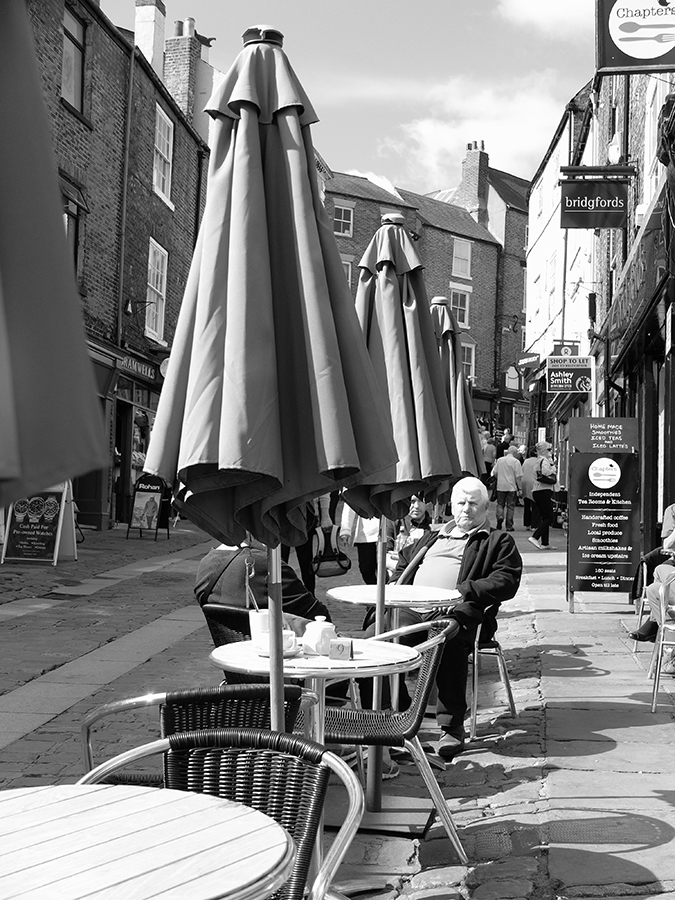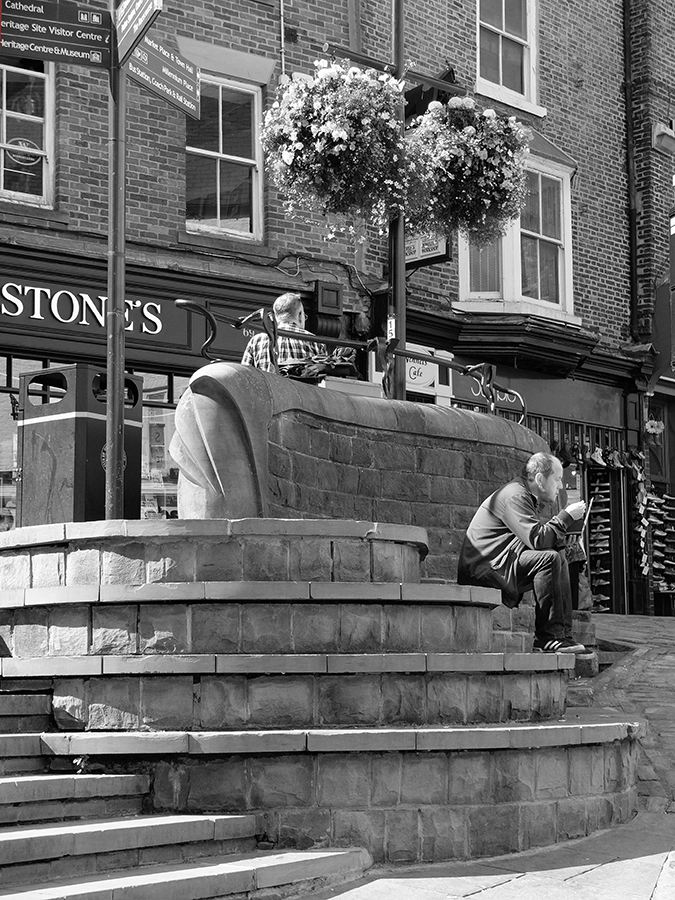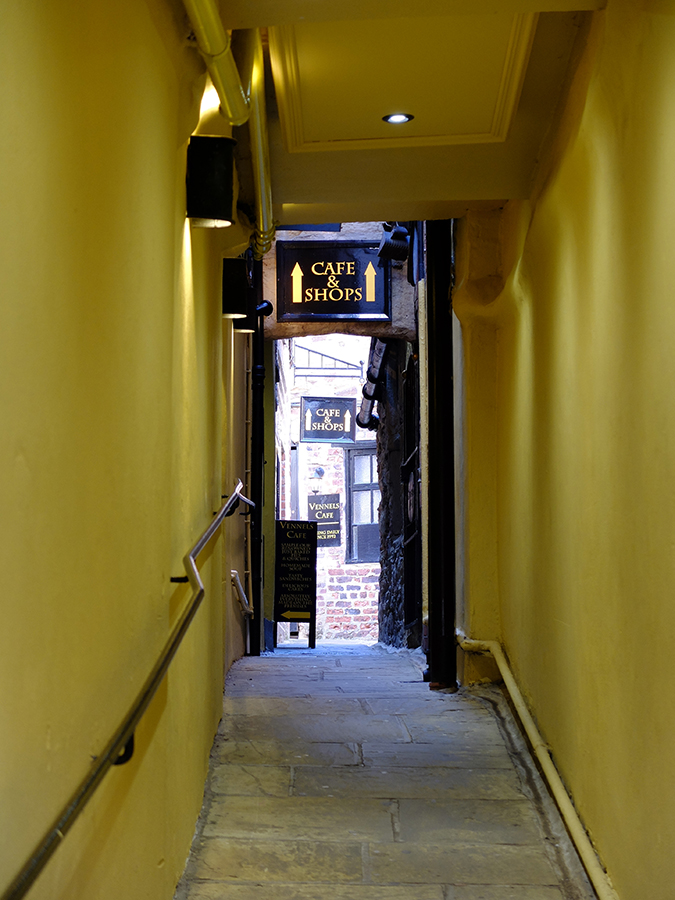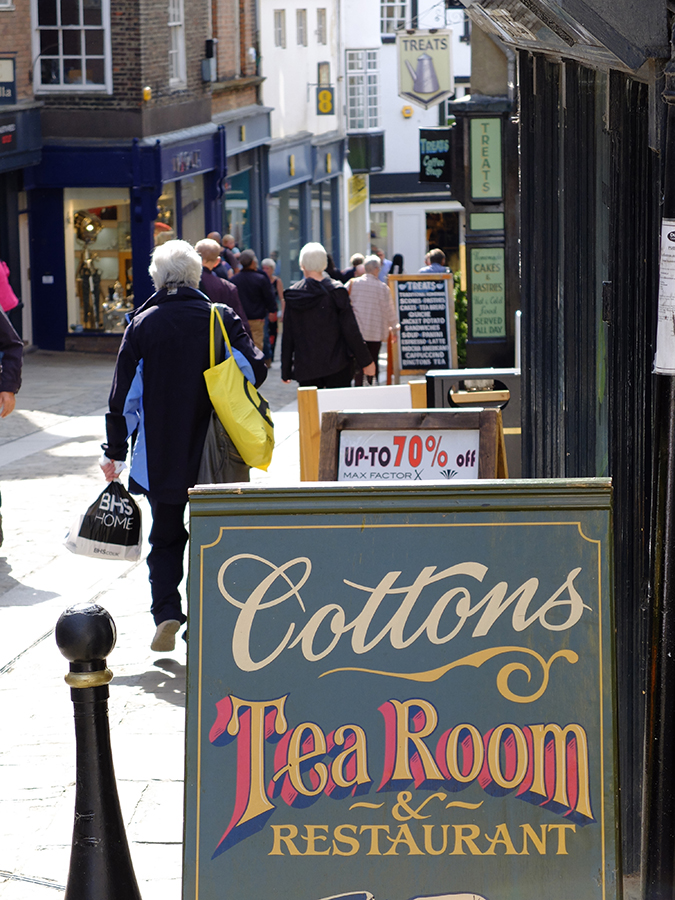- Messages
- 6,428
- Name
- Joe
- Edit My Images
- No
It is nothing at all like a reflex view finder.it is a direct vision optical finder, and like all such it is subject to the normal parallax.
The X20 added some data on an ovelaid lcd into the optical path but is otherwise similar.
the X30 excanged the optical finder for a fully integrated lcd finder, which is as good as they get.
All three produce excellent results for their generation and are fun to use.
The X30 functions and feels like an advanced camera.
Thanks for the info Terry, when you say its a direct optical finder I take thats like the old Film Range finder ones? That would happily work for me. The temptation of the X20 having info in the viewfinder maybe something thats swinging me towards to the X20 as then you know what settings your shooting which is a big help, all food for thought at the end of the day, thanks again for the detailed reply








 An Afternoon With Alice
An Afternoon With Alice